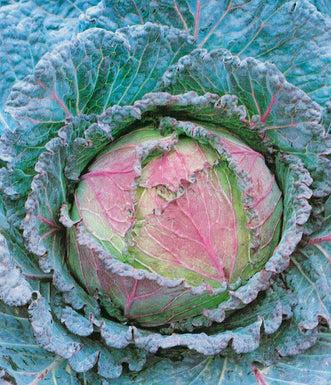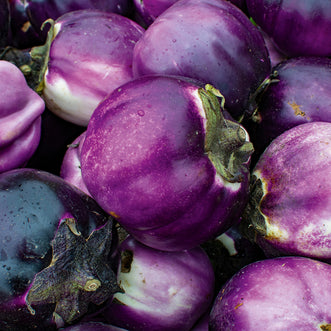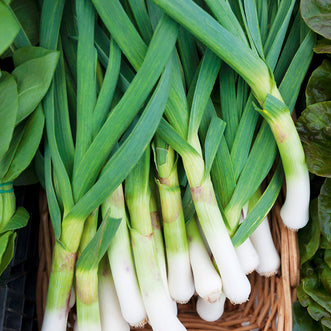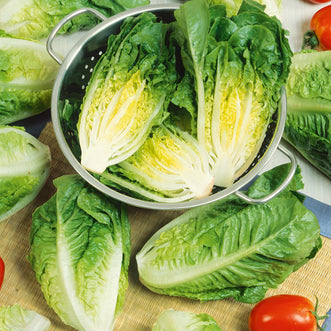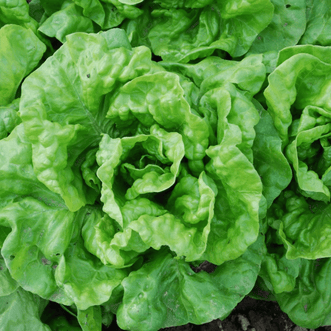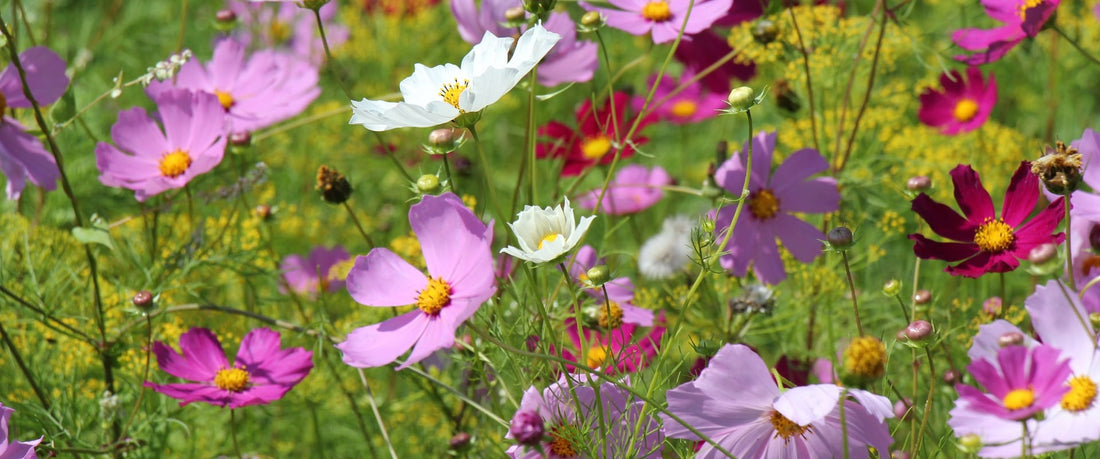
Colourful Cosmos Flowers
GerardCosmos are some of the easiest and most colourful flowers to grow in the summer garden and well worth sowing if you haven’t already.
Originating in the scrublands and meadows of Central America but also found extensively through both North and South America, the Cosmos family give us three distinct species of flowers - two are annuals and the other one perennial. Bees, butterflies and many beneficial insects don’t mind which species of Cosmos they land on, all three are high in tasty nectar with easy access to the flower centres...

Most common is Cosmos bipinnatus an annual that’s taller with bigger flowers in a range of colours from pink, purple and white with shades in between.
Cosmos sulphureus are shorter with smaller flowers in shades of yellow, orange and red and are recommended as the preferred types for use as edible flowers and garnishes. Young shoots of C.sulphureus can be eaten raw and the flowers used as a natural dye. They also have leaves that are not as finely cut as their C.bipinnatus cousins:
These days many new and exciting crosses have been made between the two species to achieve some beautiful new colours and variations.

Cosmos atrosanguineus is also known as Chocolate Cosmos and is the only perennial forming a small tuberous root that’s fairly hardy but still sensitive to a hard frost or if the ground freezes. First introduced to seed catalogues in 1885 by Thompson and Morgan of England, Chocolate Cosmos has deep crimson flowers that have a faint scent resembling chocolate, towards the end of the day. It doesn’t set too many viable seeds but fortunately can be also propagated from vegetative cuttings during the growing season:

Both C.bipinnatus and C.sulphureus types are very easy to grow from seed over the spring to late summer months taking from 65 to 80 days to flower - sowing either into trays and transplanting or sowing directly where you want them. The only downside to direct sowing is that the emerging seedlings will be facing the dangers of slugs and snails having a feast so be proactive by laying out bait or traps.

Cosmos tolerates a wide range of soil types but prefers a pH soil range of 6.0 to 8.5 reflecting their natural habitat in the alkaline regions of Central America. If in doubt, dig in a decent measure of Dolomite Lime where the plants will go. Dolomite contains a decent amount of Magnesium as well which will enhance the flower colour. It's best to be a bit cautious on the application of nitrogen-based fertilizers though as this will encourage lots of leaf growth but discourage flowers from forming.












